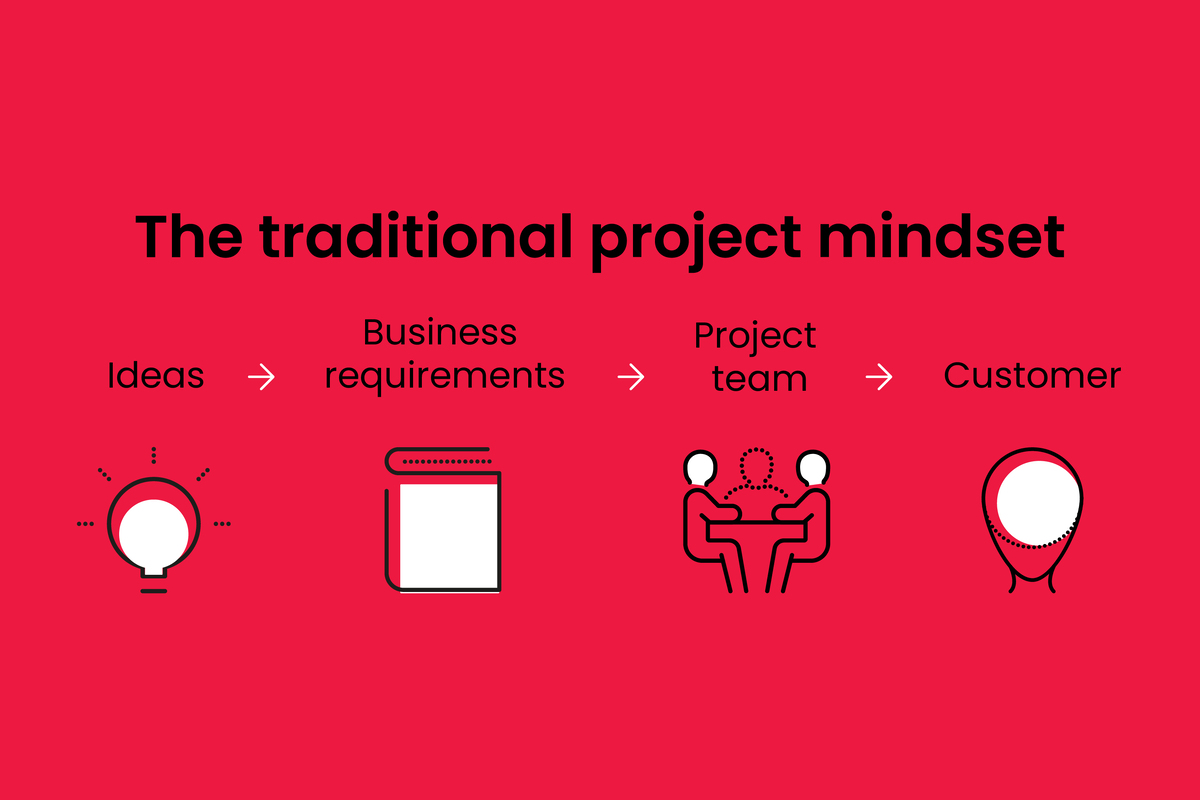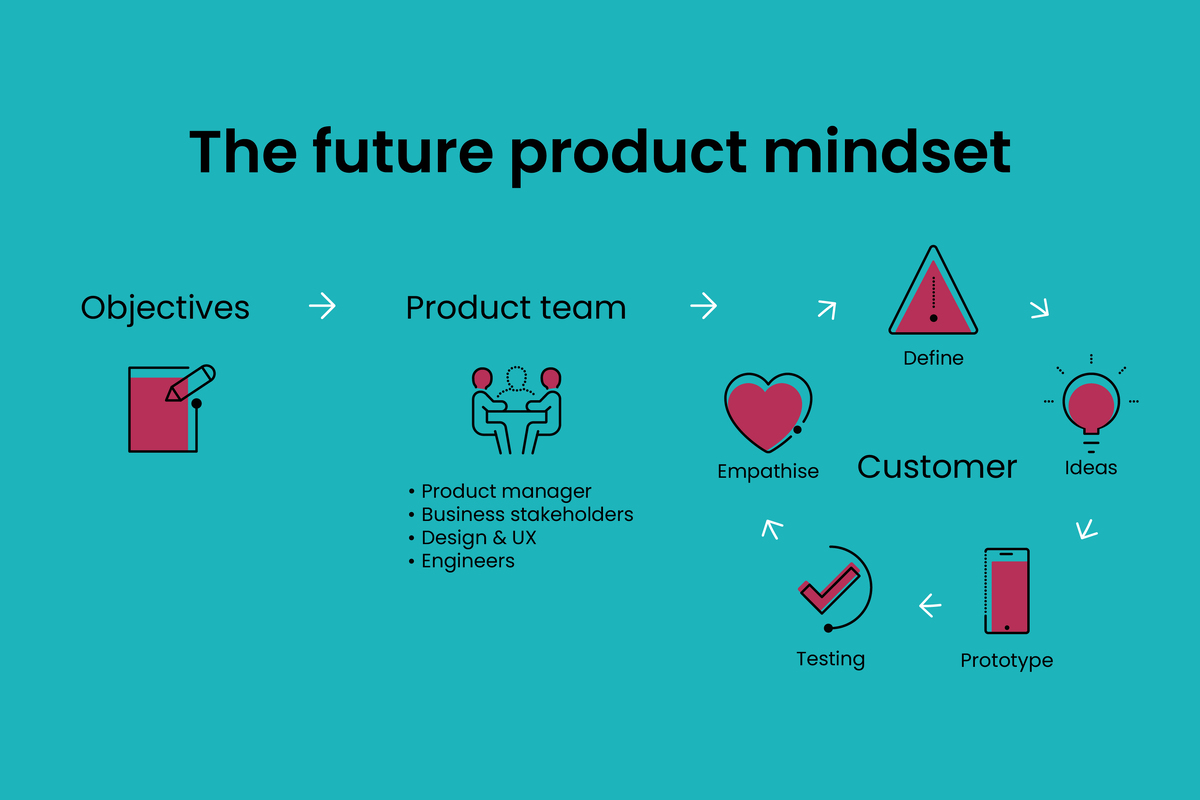Ensuring value from digital transformation investments
Sponsored by CI&TMany organisations are failing to get the most out of expensive digital transformation projects – but often the issue isn’t the technology, but a lack of aligned objectives and outdated methods

In recent years, businesses have invested heavily in digital transformation. Significant sums have been spent on overhauling legacy IT systems and implementing new software platforms, cloud technologies and data capabilities, usually on the back of a business case promising a strong return on investment, improved customer satisfaction and talk of future-proofing the organisation.
But in today’s post-digital transformation landscape, businesses want to see the fruits of their investments, with shareholders and boards eager to see promised returns. “Companies are now looking at how they can stimulate growth and generate efficiencies at scale as a result of these investments,” says Ross Sleight, Chief Strategy Officer, EMEA, at CI&T, a global digital specialist. “They want to know how they can get the most out of their strategies, platforms and teams, and how they can best operate as a business in order to do that.”
Yet many organisations are failing to do this, with one reason being that silos exist within different functions. “In most businesses, digital isn’t actually ‘owned’ by anyone,” points out Sleight. “Most of the time there are lots of different departments involved, with each seeing digital differently.”
To overcome such issues, it’s important to have alignment between the different stakeholders of digital transformation, including commercial, finance and technology teams. “If you ask a chief marketing officer and a chief technology officer what digital’s role is, you’re likely to get different responses,” he says. “You need a series of clear strategies and agreed objectives shared among the organisation.”
The second – and biggest – way organisations are held back is how they run digital operations, which requires a shift in how organisations operate. “We talk a lot about moving from a project to a product mindset and approach,” explains Ross. “All businesses want to be more agile, but for this we need to set clear objectives and build a multidisciplinary team, including everyone from technology, design, legal and compliance, to meet those objectives.”

According to Sleight, it’s vital that the end-user is at the core of everything. “Teams need to empathise with users’ problems and needs, ideate potential solutions and then prototype and test them,” he says. “Operating in a product mindset means teams will consistently meet users’ actual needs rather than what the business perceives as users’ wishes, which is often the outcome of a project mindset.” Sleight continues. “Adopting a product mindset means businesses are forced to break down the silos that have held them back up to now.”
Once businesses are at this point, they will be able to make better use of the underlying technology in which they have already invested. “Working in a product mindset demands agility. In a project mindset, time is spent creating vast requirements documents aimed at providing visibility. Still, in an agile product mindset you get to transparently see progress and validation as the products and services evolve, which provides far more visibility and risk mitigation.” He argues that this can also help reduce risk as everyone is aware of what is going on at every stage.
According to Sleight, some industries have already moved to a model where the user is at the heart of everything, while others have a long way to go. “The industries that have sorted this are the ones that were forced to undertake digital transformation early on, such as media, entertainment and retail,” he says. “They are all now in the post-transformation world, working in a fundamentally different manner than they were 10 or 15 years ago.” Others, such as health or education, are still undertaking their initial digital transformation and need to address technology and ways of working in parallel, without the underlying shift in how they operate.
Having an external perspective can be useful in helping organisations shift away from traditional ways of working and ensure they can realise the full benefits from post-digital transformation. “We are generally brought in either by commercial departments to solve a very user-centric problem or by technology to scale engineering or platform efficiencies,” says Sleight.

“We can bring a bird’s eye view across the business and their silos, which clients often can’t do because they are focused on their silos’ requirements and their own ways of working. Our job from a strategic perspective is to understand how the user can be put at the core of the business, and how we can begin to help orchestrate success through collaborative teams working in a product mindset across the business.”
An example of a successful project from CI&T includes its work for Nestlé. CI&T helped the brand develop an order recommender feature powered by AI. Used across 100,000 points of sale, the tool provides shop owners with scientific data on products’ performance at other similar retailers, suggestions and more, helping Nestlé provide customers with an enhanced shopping experience. Another notable example involved digital health solutions firm LifeScan, where new product release cycle times were reduced by 30 to 40 per cent. In the utilities sector, CI&T has worked with some of the world’s largest energy brands, designing digital products that have saved millions of pounds annually in operating costs and provided customers with intuitive self-serve experiences.
Organisations that can successfully align digital objectives and transform how they operate will not only stand to make the most of existing investments in digital transformation but also benefit from a truly user-centric business. “A business only exists because it serves its users, and there are lots of established, start-up and scaleup businesses out there trying to better serve your customers,” says Sleight. “Ultimately you want to retain your user base and to grow by acquiring new customers and you’re only going to do that by being close to the customer. To do this efficiently you need to marry the potential of digital technology with user and business value which lies at the heart of the product mindset.”
CI&T partners with some of the world’s leading brands to build digital solutions and products focussed on clients’ needs. With a global presence of more than 6,900 experts in strategy, product, research, data science, design and engineering, CI&T increases top-line growth, improves customer experience and drives operational efficiency. To find out more about how CI&T can help you maximise your digital journey, visit ciandt.com.


Business Reporter Team
Most Viewed
Winston House, 3rd Floor, Units 306-309, 2-4 Dollis Park, London, N3 1HF
23-29 Hendon Lane, London, N3 1RT
020 8349 4363
© 2025, Lyonsdown Limited. Business Reporter® is a registered trademark of Lyonsdown Ltd. VAT registration number: 830519543